
What is SAR Testing?
How to Obtain a SAR Electromagnetic Wave Absorption Ratio Test Report?
SAR stands for Specific Absorption Rate. It measures the absorption rate of electromagnetic wave energy by wireless products such as mobile phones and tablets. The definition is as follows: under the influence of an external electromagnetic field, an induced electric field is generated within the human body. Since all human tissues and organs are lossy media, an internal electromagnetic field will generate currents, leading to the absorption and dissipation of electromagnetic energy.
In biophysics, SAR is often used to characterize this physical process. The testing system, composed of a human model, data acquisition device, probe, and mechanical arm, is placed in a shielded room. SimULated human tissue fluid, with electromagnetic properties consistent with human tissues, is placed inside the human model. The probe can freely move within it to conduct tests and obtain SAR values, which are measuRED in W/kg.
SAR Standards in Major Countries and Regions
- International: IEEE 1528:2013, complies with IEC 62209-1 and IEC 62209-2 standards.
- China: YDT 1644.1-2020, YDT 1644.2-2011, GB/T 28446.1, GB 21288 (limit value).
- Europe: en 50663, en 50665, EN 50360, EN 50364, EN 62209, EN 62233, en 62311, en 62479.
- North America: ANSI C95.1, IEEE Std 1528, H46-2/99-273E.
- Canada: RSS-102 & Safety Code 6.
- South Korea: RRA 2015-23, MSIP 2015-17, and 2015-18.
- Australia/New Zealand: AS/NZS 2772.2:2011, NZS 2772.1 (N 533), NZS 2772.1:1999 A1.
SAR Requirements in China
The standard is YD/T1644 "Exposure of the human body to electromagnetic fields from handheld and body-worn wireless communication devices - Human models, instrumentation, and procedures - Part 1: Procedure to determine the Specific Absorption Rate (SAR) for handheld devices used in close proximity to the ear (frequency range of 300MHz to 3GHz)." This standard provides clear descriptions and specifications for the human model, testing instruments, probes, human tissue fluids, mechanical arms, and testing methods in the measurement system. The limit value requirement for network access testing is an SAR limit averaged over 10 grams, with a limit of 2.0 W/kg.
SAR Requirements in the United States
The standards include 47 CFR Part 2.1093, FCC OET Bulletin 65 Supplement C, ANSI/IEEE C95.1 and C95.3, ANSI/IEEE P1528. The limit value requirement is 1.6 W/kg.
Differences Between U.S. and Chinese Standards
1. The calculation method for SAR values is different: the U.S. standard calculates the peak value per 1 gram, while the Chinese standard uses a 10-gram average.
2. The U.S. standard requires testing on the body (muscle) for products like mobile phones and data cards. Additionally, the FCC periodically issues guidance documents or specific testing guidelines for individual products.
SAR Requirements in Europe
The standard is EN62209-1: "Human exposure to radio frequency fields from handheld and body-mounted wireless devices - Human models, instrumentation, and procedures - Part 1: Procedure to determine the Specific Absorption Rate (SAR) for devices used in close proximity to the ear (frequency range of 300MHz to 3GHz)." The limit value requirement is an SAR limit averaged over 10 grams, with a limit of 2.0 W/kg.
SAR Requirements in Japan
The standard is ARIB STD-T56. The limit value requirement in Japan is the same as Europe's 2.0 W/kg (10-gram average). Note: This is a non-mandatory standard.
SAR Requirements in South Korea
South Korea's SAR standards and testing methods are similar to the U.S. fcc standards. The SAR limit value is the same as the U.S. 1.6 W/kg (1-gram average). Note: This is a non-mandatory standard.
SAR Requirements in Australia
The standard is AS/NZS 2772.1-1998. The limit value requirement is the same as the U.S. 1.6 W/kg (1-gram average). Note: Mobile phone radiation testing is mandatory.
This translation maintains the professional terminology and proper formatting for clarity and understanding.
Email:hello@jjrlab.com
Write your message here and send it to us
 What is Amazon TIC and How Can Sellers Achieve Com
What is Amazon TIC and How Can Sellers Achieve Com
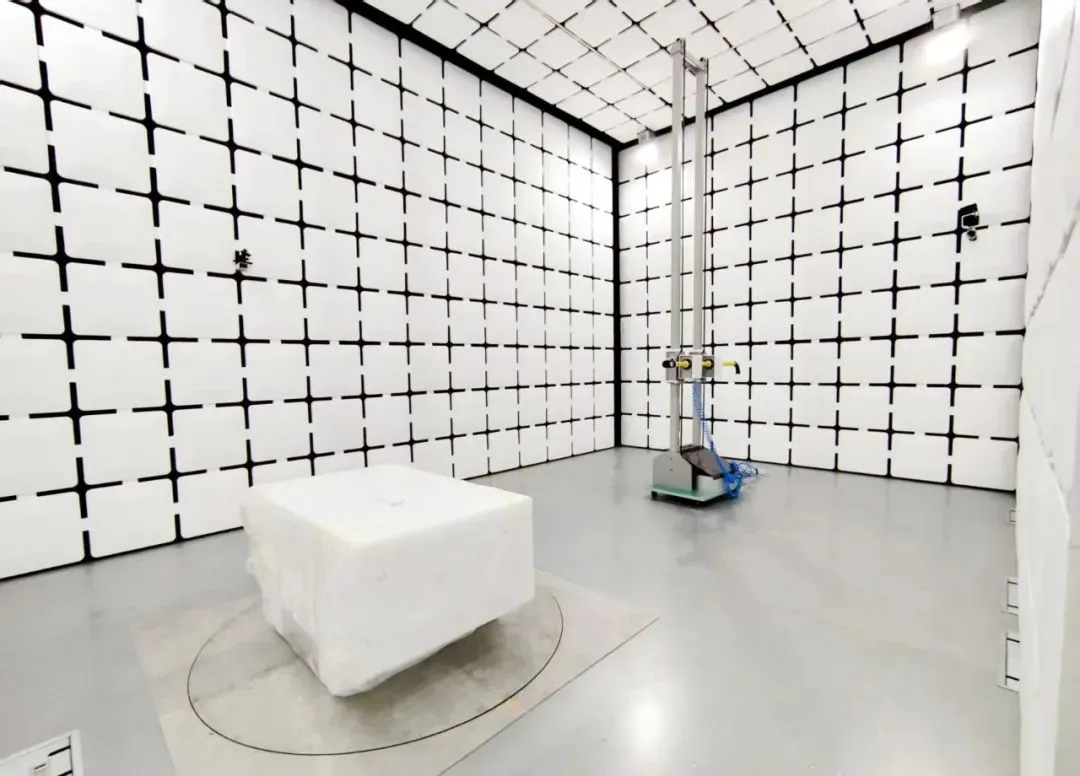 2026 Battery UN38.3 Certification (Test Report) &a
2026 Battery UN38.3 Certification (Test Report) &a
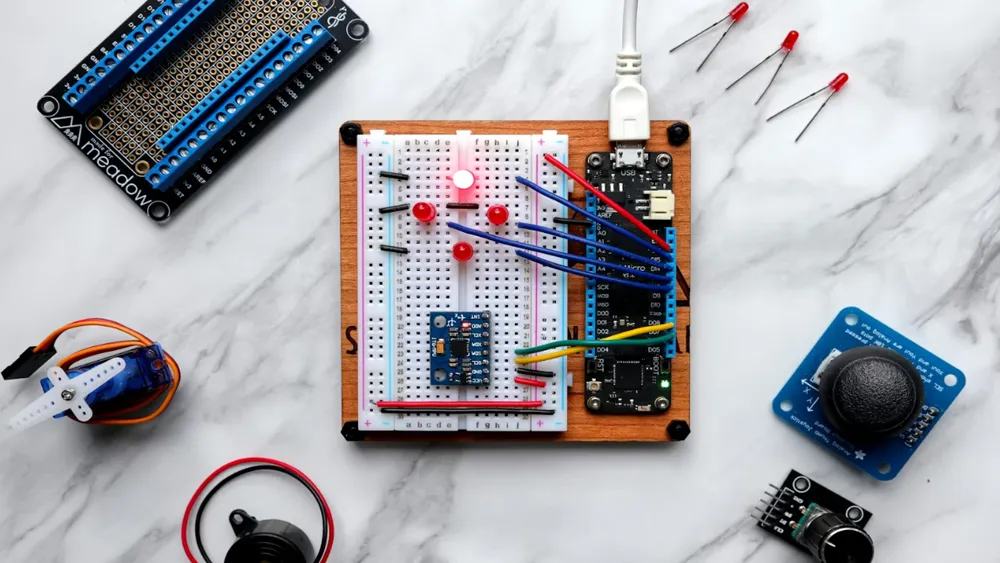 What is the IEC 62680 Standard? Compliance Interpr
What is the IEC 62680 Standard? Compliance Interpr
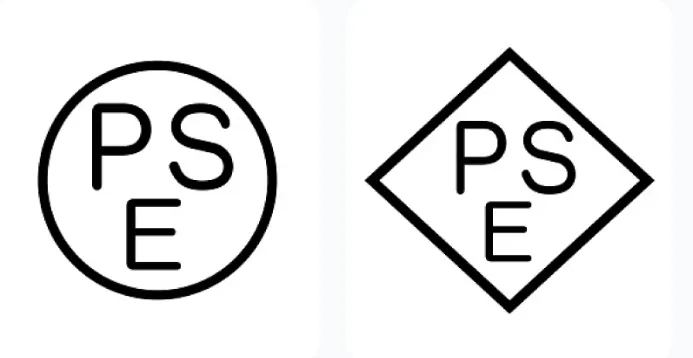 Amazon Japan December Compliance Requirements
Amazon Japan December Compliance Requirements
 How to Check a CPSC-Accepted Laboratory?
How to Check a CPSC-Accepted Laboratory?
 WEEE Registration for Waste Electrical &Electr
WEEE Registration for Waste Electrical &Electr
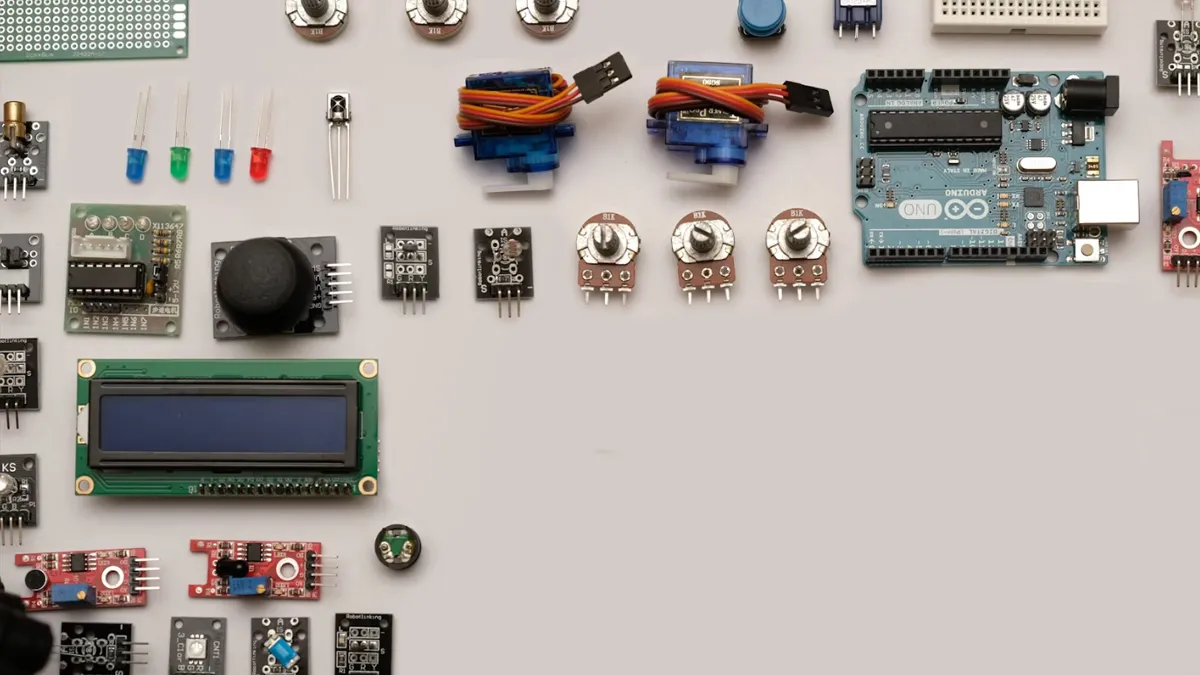 MSDS Chemical Safety Testing
MSDS Chemical Safety Testing
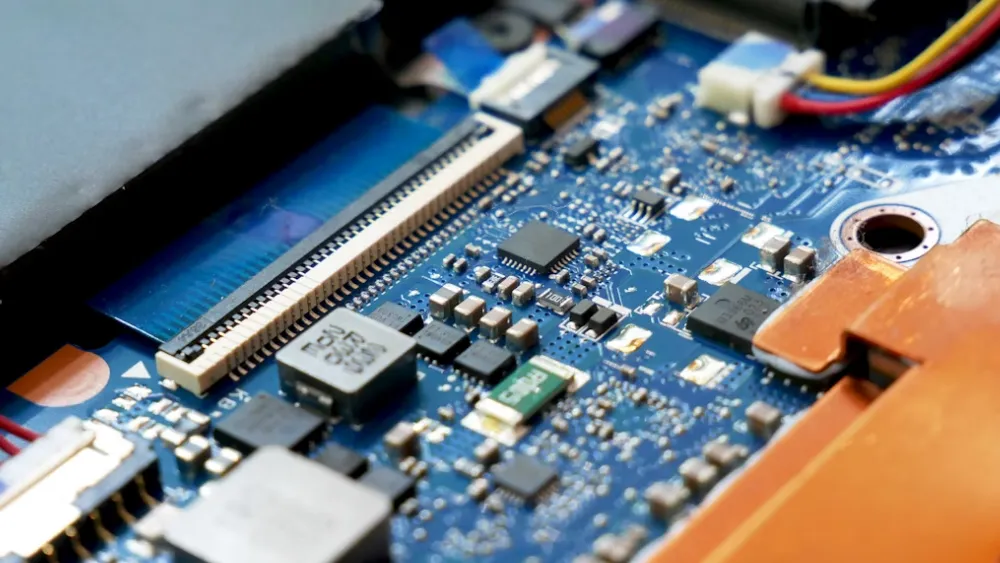 What Are the Differences Between UK REACH and EU R
What Are the Differences Between UK REACH and EU R
Leave us a message
24-hour online customer service at any time to respond, so that you worry!




